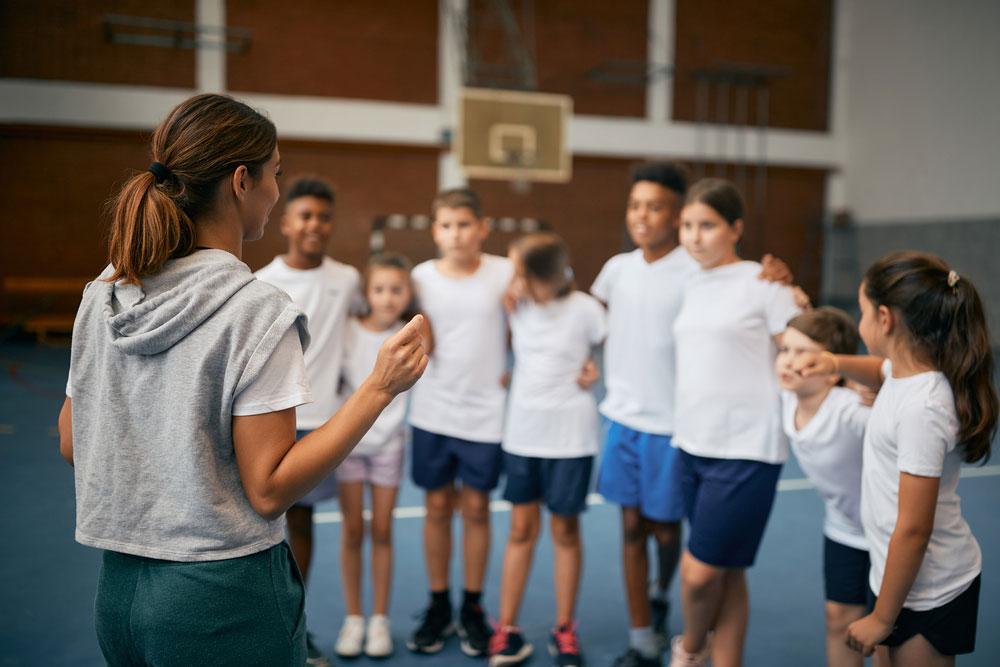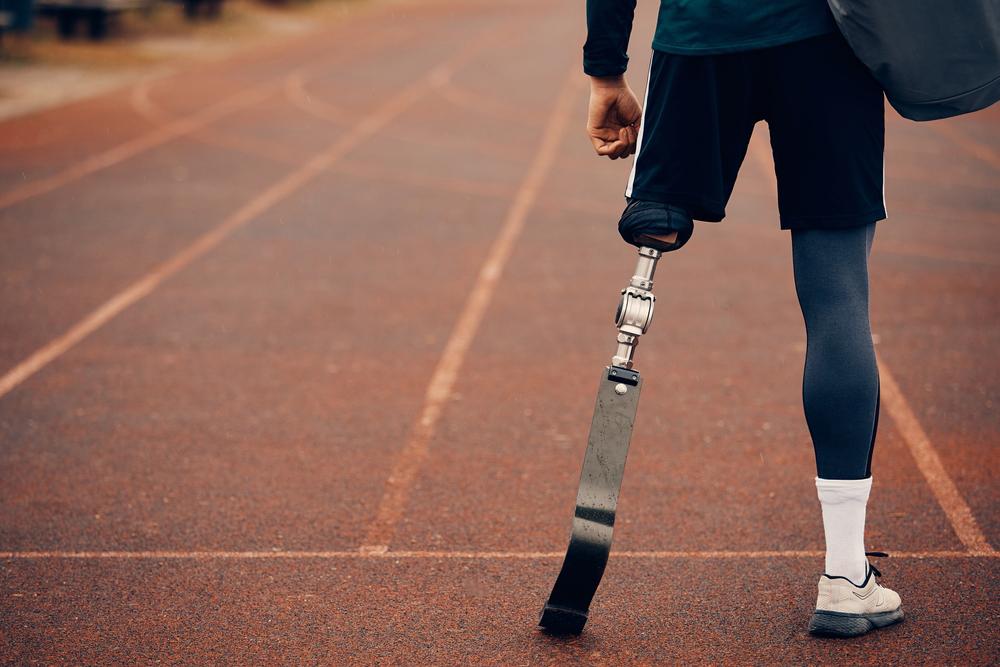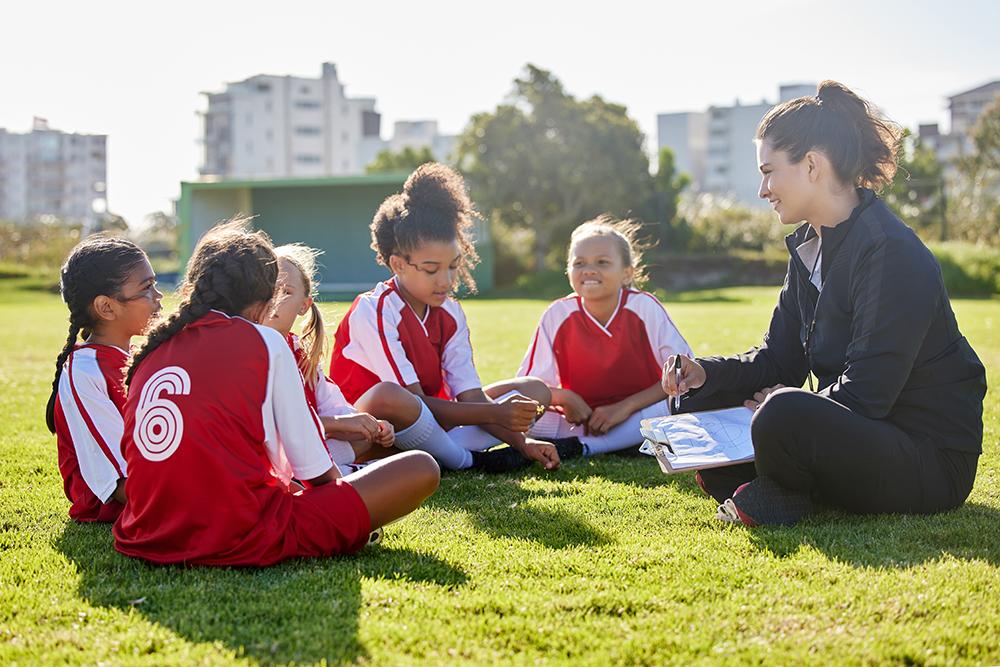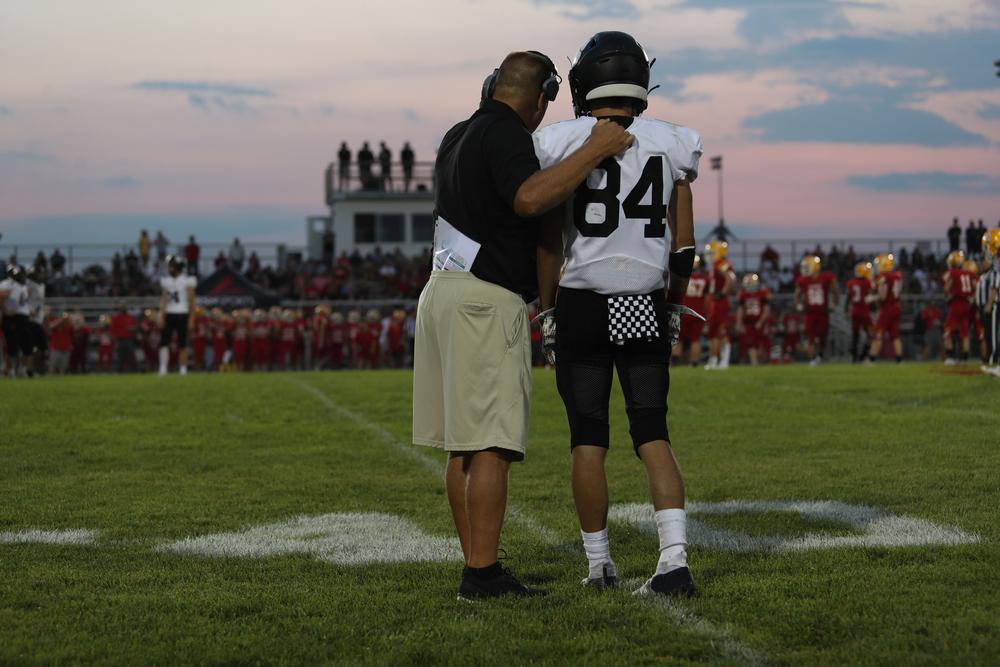 Think back to when you were in school: Is there something you remember a coach or teacher saying to you that’s stuck with you for decades? Is it a positive or negative memory? Likely, that coach doesn’t remember telling you that you were too lazy to be a good defender on the basketball court, but to you, that was a pivotal moment in your athletic career. The power of the words we choose is immense, but it’s often overlooked by a busy coach who’s just trying to get through practice. But the language a team uses can shift the likelihood of achieving goals.
Think back to when you were in school: Is there something you remember a coach or teacher saying to you that’s stuck with you for decades? Is it a positive or negative memory? Likely, that coach doesn’t remember telling you that you were too lazy to be a good defender on the basketball court, but to you, that was a pivotal moment in your athletic career. The power of the words we choose is immense, but it’s often overlooked by a busy coach who’s just trying to get through practice. But the language a team uses can shift the likelihood of achieving goals.
Here, TrueSport Expert Betsy Butterick, a coach and communication specialist, explains simple shifts you can make when speaking to the team to bring out their best.
Remember How Much Your Words Matter
Choose your words carefully when talking to athletes, because you never know which moments will stick with an athlete for years to come. “Everybody has a story about something a coach said to them, and most of them are not positive,” says Butterick, who is a former basketball player. “I can remember when my junior college coach called me a defensive liability in front of the team. I knew that wasn’t true given my playing history, but it always stuck with me.”
This can be difficult in the heat of the moment but remember your own experiences in youth sport and try to make your language reflect the way that you want to be remembered. Even when giving an athlete a critique, you can frame it in an encouraging, helpful way that will allow them to grow as an athlete, rather than diminish their confidence.
Communicate in Positives, Not Negatives
“When I’m talking about coaching today’s athletes—Gen Z and Gen Alpha—I speak about the importance of not just articulating the why, but the language that we choose when we do that,” says Butterick. “The language that we use very much influences what people feel is possible, and also our eventual outcome or likelihood of success because we know a fear-based approach is not where high performance happens.”
Imagine this scenario: You’re a basketball coach, and in Saturday’s game, you get out-rebounded and lose the game. On Monday at practice, you can present what happened during Saturday’s game in two ways.
Option A: “That was a tough loss on Saturday. I know that wasn’t the outcome we were looking for. We went back and we watched the game film, and we looked at the stats for the season. What we realized is that any time we get out-rebounded, we tend to lose. We’re going to start today with a rebounding drill to make sure that that’s a stronger element of our game.”
or
Option B: “That was a tough loss on Saturday. I know that wasn’t the outcome we were looking for. We went back and we watched the game film, and we looked at the stats for the season. What we realized is that any time we out-rebound our opponents, we tend to win. We’re going to start today with a rebounding drill to make sure that that’s a stronger element of our game.”
 There’s a minor shift in the phrasing—from a discussion about why the team is losing to what makes them more likely to win. The result is the same, but Option B leaves the team feeling more positive and capable, rather than negative about their abilities.
There’s a minor shift in the phrasing—from a discussion about why the team is losing to what makes them more likely to win. The result is the same, but Option B leaves the team feeling more positive and capable, rather than negative about their abilities.
“In Option A, I’m creating a fear-based approach,” explains Butterick. “In the sport of basketball, rebounding is a naturally occurring part of the game. At some point, if a shot doesn’t go into the basket, somebody is going to get the rebound. When I’ve led with Option A and the other team gets a rebound at some point in the game, which is almost certainly going to happen, the team is going to start thinking that they’re closer to losing. But if I use Option B when talking about their rebounding, every time they get a rebound, they’re going to have a lot of confidence and feel closer to winning.”
Tell Athletes What You Want From Them
The most simple shift you can make during a practice or a competition is simply telling athletes what you want them to do, rather than what they shouldn’t be doing. “You are much more likely to get the outcome or behavior you’re looking for when you tell people what to do instead of what not to do,” Butterick says. “There was a program I was working with, and the feedback from the end-of-season surveys for this coach said that he was very negative. He was a nice guy, but when I went and observed a practice, I realized why everyone thought he was negative. Everything he was telling the team to do was phrased in the negative. ‘Don’t do this. Don’t let them do this. Don’t do that. Make sure you’re not doing this.'”
Butterick worked with that coach to change his language to be positive, telling athletes what to do rather than what to avoid. “He started telling them what he wanted them to see: ‘Make sure you’re here, make sure you keep them out of here. And it immediately changed the atmosphere and the experience of the team.”
Use When, Not If
“As coaches, we can’t play for athletes. Many coaches wish that they could!” says Butterick. “Because we can’t play ourselves, we use the language of ‘if,’ because it’s unknown. But it’s more helpful to say ‘when’ rather than ‘if’ when describing a future scenario that you want to happen. Saying ‘when’ paints a clearer picture of a future possibility.”
Consider the difference between ‘if we do this, then we’ll get this,’ versus ‘when we do this, then we will get this.’ It’s a small shift. But as Butterick explains, it takes whatever it is you’re talking about from a place of unknown or uncertainty to a higher probability of happening. You’re inviting the individual to think about what it looks like for them to do that thing, so that they get the desired outcome. “As coaches, we can move our athletes a little bit closer into the realm of possibility.”
Help Your Team Think Long-Term
Young athletes tend to be fixated on the now and immediate gratification. But you can use your language to help them paint a picture of the future and make them more likely to achieve their goals. “I like to ask athletes what they can do today that will allow them to experience success sooner, or for one thing that you can uniquely control that allows you to experience more of what you want because you took that action today,” Butterick says. This helps athletes not only focus on performing well in today’s practice, but it also keeps them focused on their longer-term goal and directly connects the work they’re doing now to their future success.
______________________
Takeaway
Your phrasing directly impacts how your athletes will respond to your message and the success your whole team can achieve. Try to phrase your directions to them in a positive way, telling them what you want them to do rather than what you want them to avoid. Remember that anytime you’re giving an athlete feedback, your words may stick with them for decades, so pay careful attention to what you’re saying and how you’re saying it.



